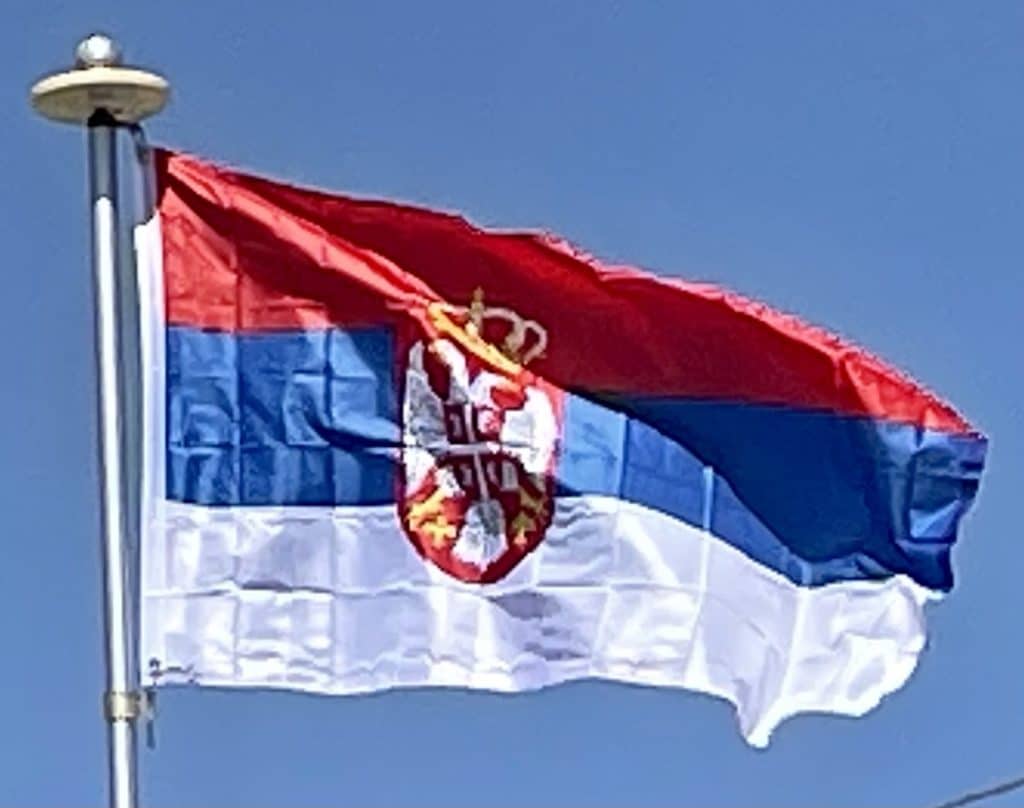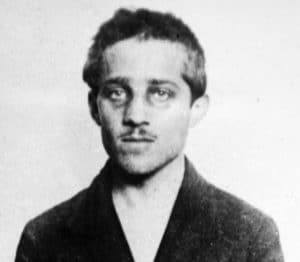
The assassination of Archduke Franz Ferdinand of Austria on 28 June 1914 in Sarajevo by Gavrilo Princip, a member of the Young Bosnia organization, led to Austria-Hungary declaring war on Serbia, on 28 July. Local war escalated when Germany declared war on Russia and invaded France and Belgium, thus drawing Great Britain into the conflict that became the First World War. Serbia won the first major battles of World War I, including the Battle of Cer, and the Battle of Kolubara, marking the first Allied victories against the Central Powers in World War I.
Despite initial success, it was eventually overpowered by the Central Powers in 1915 and Austro-Hungarian occupation of Serbia followed. Most of its army and some people retreated through Albania to Greece and Corfu, suffering immense losses on the way.
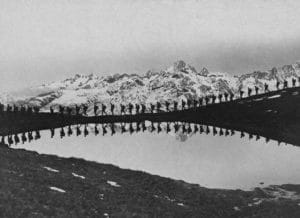
Serbia was occupied by the Central Powers. After the Central Powers military situation on other fronts worsened, the remains of the Serb army returned east and led a final breakthrough through enemy lines on 15 September 1918, liberating Serbia and defeating Bulgaria and Austria-Hungary. Serbia, with its campaign, was a major Balkan Entente Power which contributed significantly to the Allied victory in the Balkans in November 1918, especially by helping France force Bulgaria’s capitulation.
Serbia suffered the biggest casualty rate in World War I.
Creation of Yugoslavia, World War II, and the Socialist Period:
On 26 November 1918, the Podgorica Assembly deposed the House of Petrović-Njegoš and united Montenegro with Serbia. On 1 December 1918, in Belgrade, Serbian Prince Regent Alexander Karađorđević proclaimed the Kingdom of the Serbs, Croats, and Slovenes, under King Peter I of Serbia.
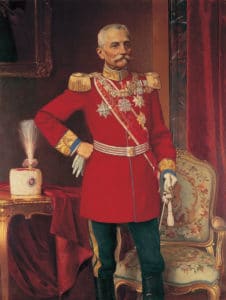
King Peter was succeeded by his son, Alexander, in August 1921. Serb centralists and Croat autonomists clashed in the parliament, and most governments were fragile and short-lived. King Alexander established a dictatorship in 1929 with the aim of establishing the Yugoslav ideology and single Yugoslav nation, changed the name of the country to Yugoslavia and changed the internal divisions from the 33 oblasts to nine new banovinas. The effect of Alexander’s dictatorship was to further alienate the non-Serbs living in Yugoslavia from the idea of unity.
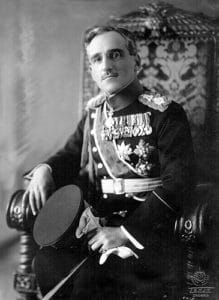
Alexander was assassinated in Marseille, during an official visit in 1934 by Vlado Chernozemski, member of the IMRO. Alexander was succeeded by his eleven-year-old son Peter II and a regency council was headed by his cousin, Prince Paul.
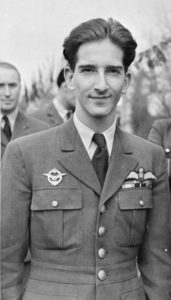
In 1941, in spite of Yugoslav attempts to remain neutral in the war, the Axis powers invaded Yugoslavia. The territory of modern Serbia was divided between Hungary, Bulgaria, the Independent State of Croatia and Italy (Greater Albania and Montenegro), while the remaining part of the occupied Serbia was placed under the military administration of Nazi Germany, with Serbian puppet governments led by Milan Aćimović and Milan Nedić assisted by Dimitrije Ljotić’s fascist organization Yugoslav National Movement (Zbor).
